York Minster, England
Article explores the history of York and the minster as part of a series about the Cathedrals of England. An Antipodean travel company serving World Travellers since 1983 with small group educational tours for senior couples and mature solo travellers.
29 Nov 22 · 8 mins read
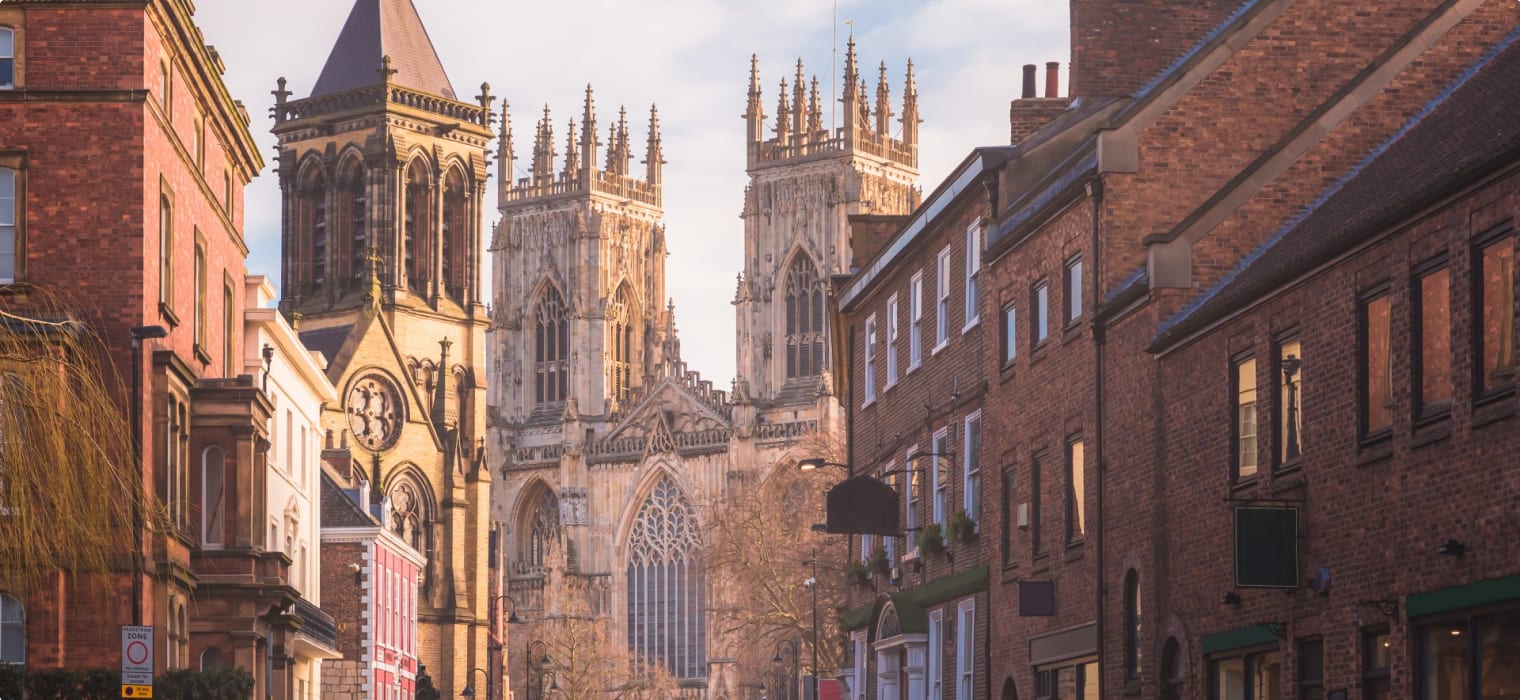
York Minster Cathedral
The cathedral of York, commonly known as York Minster, is the largest Gothic cathedral by volume in England and one of the largest in Northern Europe. It has the biggest chapter house, the finest windows, and the most medieval stained glass in the country. Towering over York, it’s visible from nearly everywhere in the city.
Since the 7th century, the site has been the centre of north England’s Christianity. Politically significant, it has survived under the Danes, Saxons, Norse, and English over the centuries. The building of the current cathedral began in the mid-12th century and continued into the 15th century, completed in 1472. The result is a mixture of Gothic styles, from its wide Decorated nave and chapter house to its Perpendicular east end and Early English north and south transepts.
This article explores the history and architecture of York Minster as background reading for Odyssey Traveller’s tours to England. We conduct a tour of York minster as part of our 22-day Seven Ages of Britain Tour, as well as our 22-day Medieval England Tour. These tours are designed for senior and mature travellers who would like to learn about history and culture with like-minded people in a small group setting (participant number is typically 6 to 12), using the knowledge and expertise of our tour leader and local guides.
For more information readers are urged to take a look at Simon Jenkin’s book England’s Cathedrals, which was used extensively in the writing of this article.

History of York Minster
According to the great historian of the early Middle Ages Bede, a Christian community was present in Roman York since around 180 CE. However, limited archaeological evidence of this remains. Firmer history began in 627, when the pagan king, Edwin of Northumbria (616-33), returned from wars in the south with a new Christian bride, Ethelburga, sister of Ealdwald of Kent. As a condition of the match, Edwin was to convert to Christianity, baptised by Etheburga’s chaplain, Palinus. A wooden structure was especially constructed in York for this purpose, now regarded as the first York Minster.
This church was replaced by a more substantial stone structure completed in 637 and dedicated to Saint Peter. The new church soon fell into disrepair, however, and so it was rebuilt by Saint Wilfrid when he ascended to the See of York in 670. Sometime later, in the eighth century, a library and school were attached to the church, some of the most substantial in Northern Europe. When this church burned down in 741, it was rebuilt as a glorious larger structure containing thirty altars.
In the meantime, at the Synod of Whitby in 664, Rome had triumphed over the Ionians, and York became the seat of the Roman church in the north – a minister never a monastery. Although a cathedral, it is still always referred to as ‘the minister’.
From the late 700s, the church and the entire area experienced an extended period of turmoil, passing through the hands of the Danes, Saxons, Norse, and English over the next few centuries. During this time, it was a politically significant place. Its archbishop, Ealdred, crowned both Edward the Confessor and Harold Godwinson and was summoned to crown William the Conqueror in 1066 as a gesture of national unity and continuity.

But it was not until the 1080s that the north was sufficiently settled for a new church to be built under Thomas of Bayreux, the Archbishop of York appointed by William the Conqueror. Built in the Norman style, the new cathedral was 111 metres long and rendered in white and red lines. Severe fire struck again in 1137, damaging the new structure, but it was soon repaired, with the choir and crypt rebuilt in 1154, and a new large chapter dedicated to St. Sepulchre added to the nave, all in the Norman style.
This was distinctly out of touch with the new Gothic fashion that had arrived from Europe in the mid-12th century. To keep with the times, the construction of a new Gothic structure began in 1220, including north and south transepts and a substantial central tower. These were followed by the Chapter House, begun in 1260s and completed before 1296 in the Gothic Decorated style, which was by then in vogue. The old Norman nave was then rebuilt from around 1280 and the last surviving part of the Norman cathedral, the choir, was demolished and rebuilt in the 1390s. The central tower then collapsed in 1407 and was replaced by a new one built from 1420. Finally, in 1472, the work of rebuilding the cathedral was declared complete and consecrated.
York Minster suffered greatly during the English Reformation, with much of its treasures looted, and its chantry chapels and altars tore down. Most significantly, under Elizabeth I, its tombs, memorials, altars, vestments, coats of arms, and stained-glass portraits were all destroyed. Then, during the English Civil War, the city was besieged and fell to the forces of Oliver Cromwell. Fortunately, though, Cromwell’s general Thomas Fairfax was a native of York and prevented any further damage to the cathedral.
As religious tensions eased and the monarchy was restored, some work was done to restore the cathedral. This included the installation of a whole new marble, patterned floor in the neo-classical Palladian style in the 1730s. Further fires dealt significant damage to the cathedral during the Victorian era, however. From 1868, Augustus Duncombe worked successfully to revive the cathedral, and ongoing work continued throughout the 20th century to preserve its marvellous architectural heritage for visitors today.
Architecture
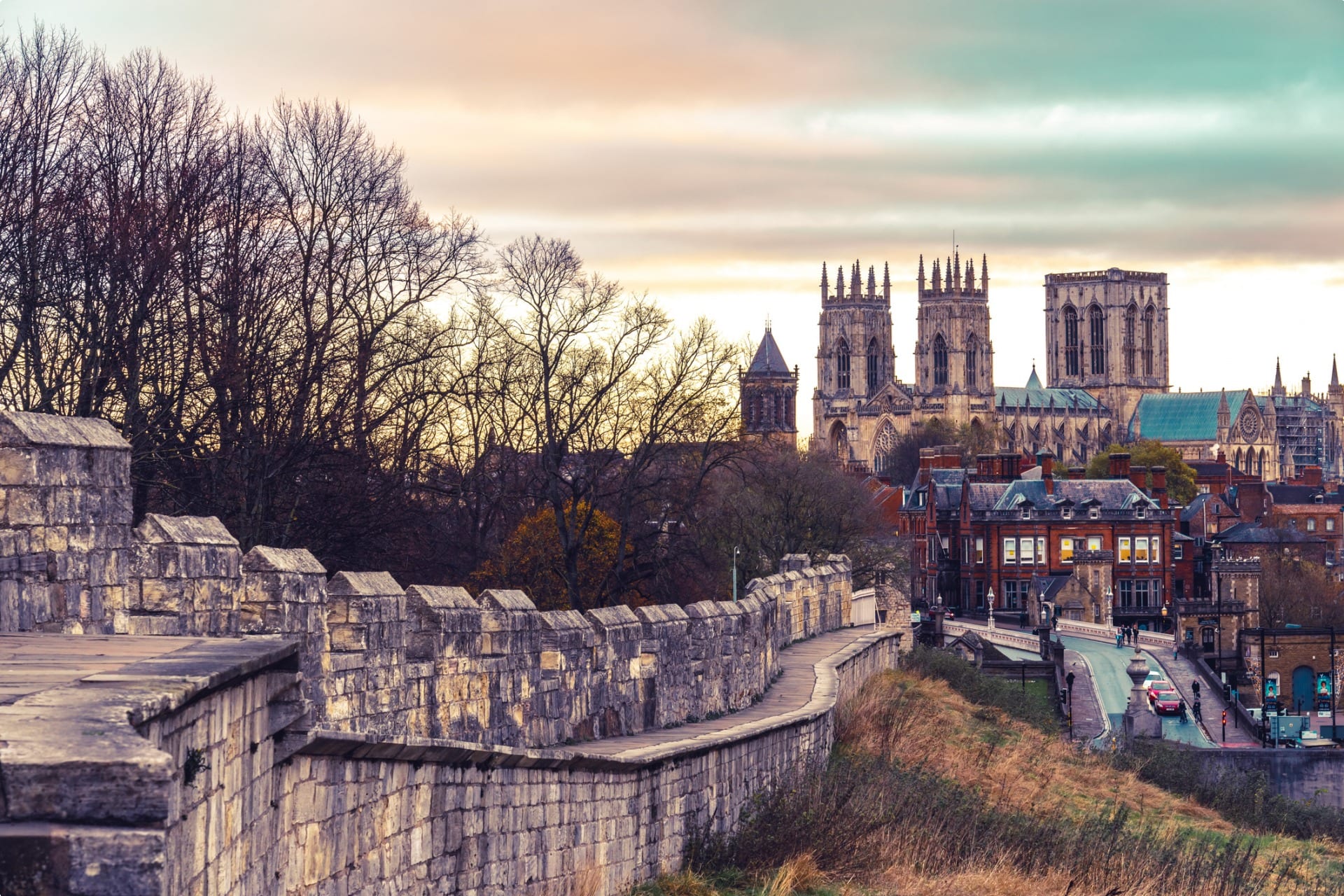
Celebrated views of the exterior of the cathedral are from the city walls, but there are also equally rewarding ones of its towers, buttresses, and windows from the surrounding streets. Buttresses, in particular, are everywhere, crowding the walls and windows. While the west towers have pinnacles, the larger central tower was considered too delicate to support them. Instead, it has pairs of long bell-openings on each side.
The exterior of the south transept is especially extraordinary. Four ungainly tiers of lancets rise to the gable, with three triangular niches over the doorway. On the west front of the cathedral, the dominant feature is the celebrated west window, known as the Heart of Yorkshire and a favourite backdrop to York wedding groups. While the glass is best studied inside, the glorious Decorated tracery is visible outside.
On the inside, the visitor is met with an astonishing initial view. Here is the largest interior volume in medieval England, a high point of the Decorated era but with hints of the Perpendicular style. Shafts rise uninterrupted from floor to roof, and the triforium merges stylistically into the clerestory, creating a single, vertical panel. The nave is too wide for its height, necessitating a wood rather than stone vault. The resulting volume forms a playground of light, with beams of light illuminating piers and capitals.
From the west end of the nave the glorious Heart of Yorkshire window is visible. Constructed between 1338 and 1339, its subject is the hierarchy of the church, depicting bishops below, then saints, then the events of the Bible, and finally a climax in the Coronation of the Virgin.
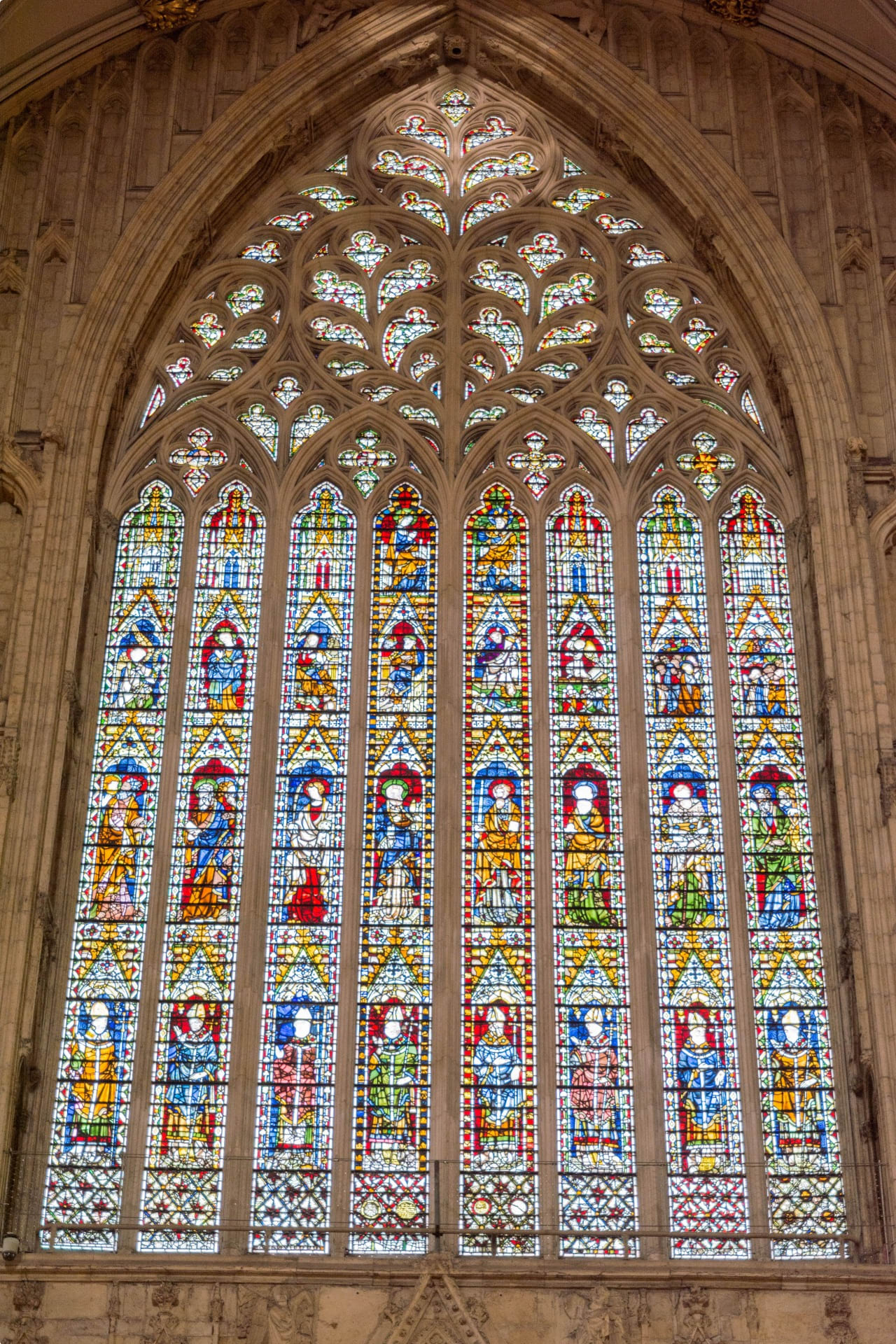
The transepts are both Early Gothic and dominated by their windows. Most celebrated, in the north transept, is the Five Sisters window, dating from 1255. Next to the window is an astronomical clock, a memorial to wartime aircrew. It depicts the position of the sun in relation to York, and the stars by which the aircrew were often required to navigate. In the south transept is a glass widow, with glass dating from around 1500, commemorating the union of the royal houses of York and Lancaster. The south transept roof was replaced after being burnt in a fire in 1984, with 68 new bosses carved for it.
York’s central crossing embraces an exhilarating tower vault, its roof of elegant fans seeming to float on a cloud of light from side windows. The pulpitum below displays fifteen statues of monarchs from William I to Henry V, with stone and gilded canopies set against a red background. The choir, originally Norman, survived long into the Gothic era, only built in the 1360s in the Perpendicular style. The furnishings, however, are Victorian replacements, installed following a fire started by a madman in 1829.
The east end barely exists, with no real retrochoir and only a brief burst of Perpendicular in the eastern transepts. Instead, all eyes turn up to the east window. At 1680 square feet, it is reputedly the largest expanse of medieval glass in the world. Rockets of colour shoot upwards to fracture into heats and tulips. The glass depicts angels, patriarchs, and saints above scenes form the Bible and Apocalypse. At the bottom are scenes from York’s history.
York’s chapter house is the largest and most impressive in England. Its windows serve as the upper walls themselves, rather than opening in the walls. There are seven in number, each carrying geometrical tracery of great subtlety. Beneath are stone stalls and their canopies, each flanked by freestanding Purbeck shafts that rise to an octagonal crown with gables. Above the canopy are sculptured heads, representing some of the finest Gothic sculpture in the country.
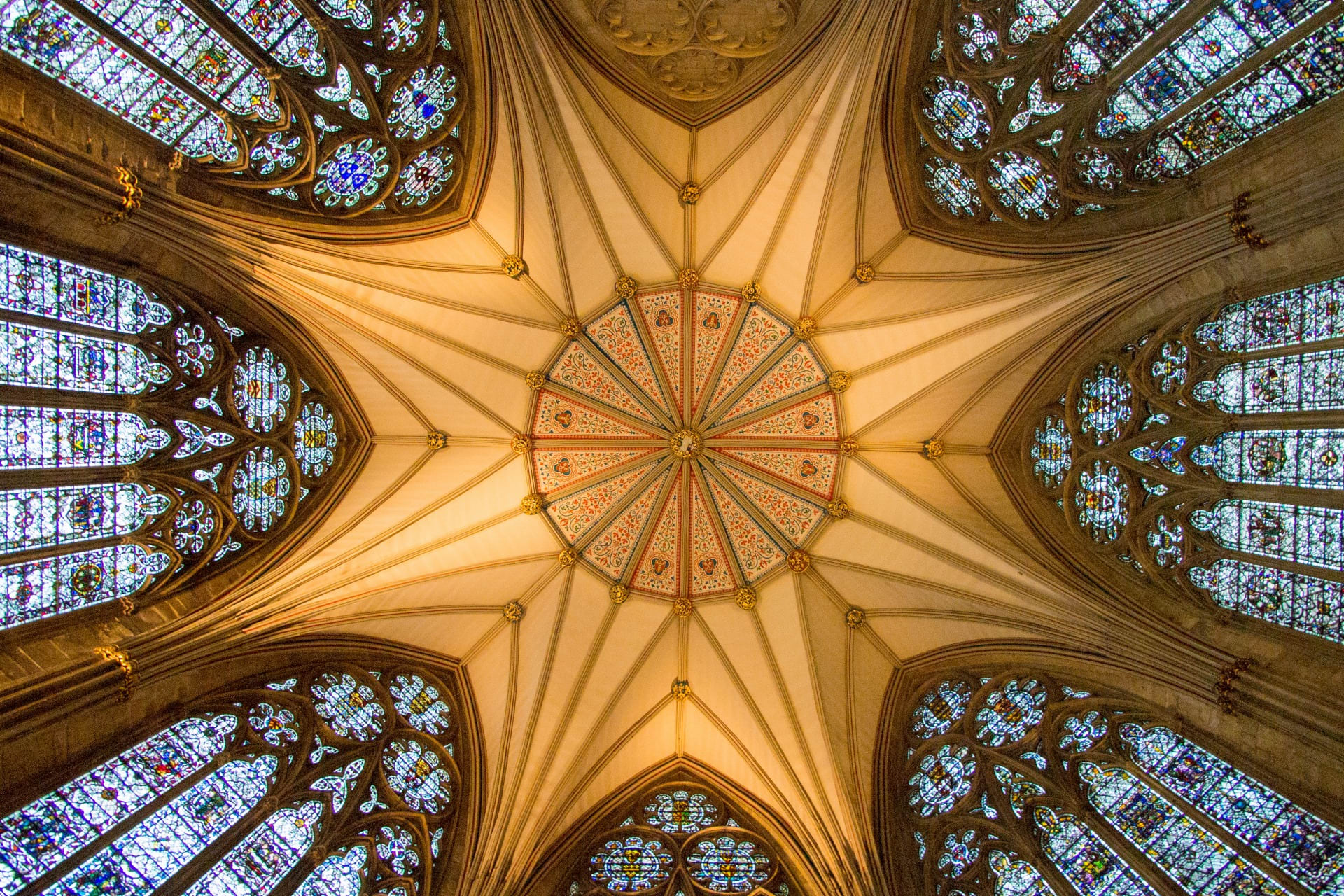
Tour of York Minster
Odyssey traveller visits York Minster during our of our 22-day Seven Ages of Britain Tour. This tour starts in Scotland and finishes in England, exploring seven periods in Britain’s long history, including: the Neolithic Age; impact of the Romans; arrival of the Saxons; era of the Vikings; Norman conquest and rule; Tudor period and the Age of Enlightenment; and the impact of the Victorians and the Industrial Age.
We begin in Orkney, Scotland, where we stroll through some of Europe’s best-preserved Neolithic and Viking monuments, before flying south to Newcastle, England and then travelling on through the quaint villages and hidden gems of York and Cambridge, before ending in London for a further exploration of the wonders of the United Kingdom’s capital. In addition to York Minster, we also enjoy other splendid Norman cathedrals in Ely, Durham, and Norwich.
You can also marvel at some of Europe’s most amazing cathedrals including Wells Cathedral, Ely Cathedral, Winchester Cathedral, and Canterbury Cathedral during our Medieval England Tour. Other cathedrals we enjoy visiting on this tour include Salisbury Cathedral, Bristol Cathedral, Hereford Cathedral, Leicester Cathedral, Norwich Cathedral, Winchester Cathedral, and Worcester Cathedral. We also view Liverpool Cathedral, the world’s largest Anglican cathedral, during our Liverpool, Newcastle, Glasgow Tour.
Odyssey Traveller has been serving global travellers since 1983 with educational tours of the history, culture, and architecture of our destinations designed for mature and senior travellers. We specialise in offering small group tours partnering with a local tour guide at each destination to provide a relaxed and comfortable pace and atmosphere that sets us apart from larger tour groups. Tours consist of small groups of between 6 and 12 people and are cost inclusive of all entrances, tipping, and majority of meals. For more information, click here, and head to this page to make a booking.
Articles about Britain published by Odyssey Traveller.
- Understanding British Churches
- Studying Gargoyles and grotesques
- Georgian Architecture
- London’s Victorian Architecture
- Traveller’s Guide to Medieval England
- Landscapes of Medieval England
For all the articles Odyssey Traveller has published for mature aged and senior travellers, click through on this link.
External articles to assist you on your visit to Britain.
Related Tours

22 days
Apr, AugSeven Ages of Britain, snapshots of Britain through the ages.
Visiting England, Scotland
This guided small group tour starts in Scotland and finishes in England. On Orkney we have a day tour to the UNESCO World heritage site, Skara Brae, before travelling to city of York. Your tour leader continues to share the history from the Neolithic to the Victorian era. The tour concludes in the capital city, London.
From A$15,995 AUD
View Tour
22 days
Apr, SepSmall group tours Medieval England
Visiting England
A small group tour of England focused on Medieval England and Wales. Spend 21 days on this escorted tour with tour director and local guides travelling from Canterbury to Cambridge, passing through Winchester, Salisbury, Bristol, Hereford and Norwich along the way. Castles, villages, Cathedrals and churches all feature in the Medieval landscapes visited.
From A$14,665 AUD
View Tour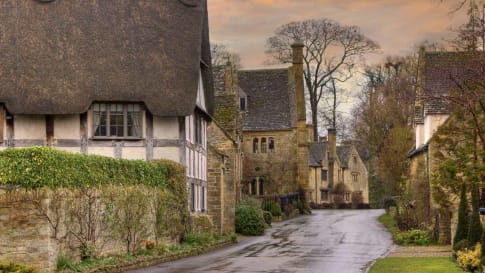
19 days
Jun, SepEngland’s villages small group history tours for mature travellers
Visiting England
Guided tour of the villages of England. The tour leader manages local guides to share their knowledge to give an authentic experience across England. This trip includes the UNESCO World heritage site of Avebury as well as villages in Cornwall, Devon, Dartmoor the border of Wales and the Cotswolds.
From A$16,995 AUD
View Tour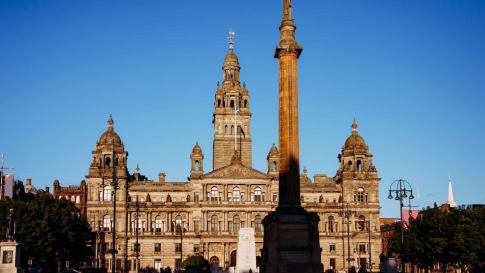
From A$13,915 AUD
View Tour
6 days
Apr, SepLondon Short Tour
Visiting England
A small group tour of London is a collection of day tours that visit and explore through the villages of the city. This escorted tour includes a journey out to Windsor castle. We explore Contemporary and learn about Roman Walled city, Medieval, Victorian London and the contemporary city today.
From A$6,995 AUD
View Tour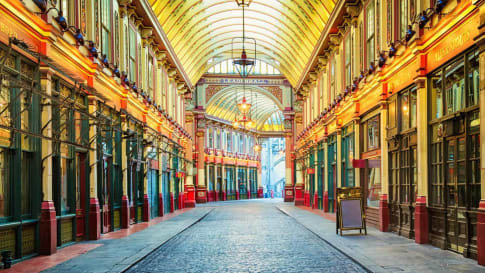
21 days
Sep, JunQueen Victoria's Great Britain: a small group tour
Visiting England, Scotland
A small group tour of England that explores the history of Victorian Britain. This escorted tour spends time knowledgeable local guides with travellers in key destinations in England and Scotland that shaped the British isles in this period including a collection of UNESCO world heritage locations.
From A$15,880 AUD
View Tour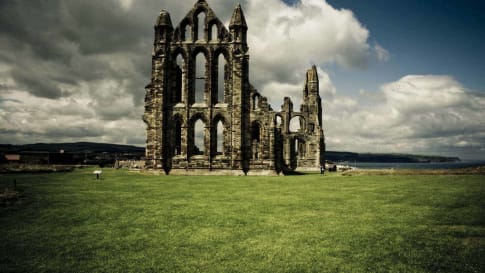
22 days
Sep, JunRural Britain | Walking Small Group Tour
Visiting England, Scotland
A walking tour into England, Scotland and Wales provides small group journeys with breathtaking scenery to destinations such as Snowdonia national park , the UNESCO world heritage site Hadrians wall and the lake district. each day tour provides authentic experiences often off the beaten path from our local guides.
From A$15,880 AUD
View TourRelated Articles

800 Years of History: Discover the University of Oxford
Article about Oxford to support senior couples and mature solo travellers on a small group tour exploring England, including Oxford.

A Journey Through Britain's Roman Roads
Rome's roads constitute the most remarkable culmination of its technological, logistical and bureaucratic achievements. Even a brief understanding of their history and significance can enrich your experience walking tour of Britain.
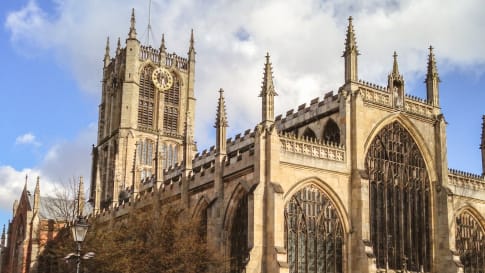
England's Cathedrals
Article about the Cathedrals of England, the design, place and history and their settings for travellers curious about places such as York, Salisbury, Winchester, Ely, Chester, Canterbury or London where the church was a beacon linking the pilgrims paths as well through to Europe. This article links to understanding Britain's churches. An Antipodean travel company serving World Travellers since 1983 with small group educational tours for senior couples and mature solo travellers.
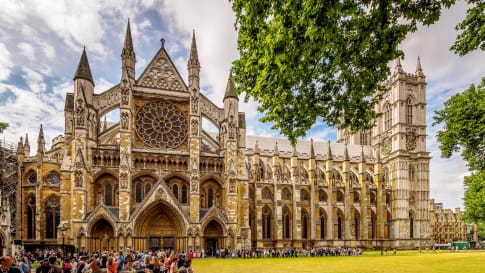
History of English Cathedrals
Britain has an extensive network of Cathedrals, this collection of articles explores the history of some of the most popular churches to visit and explore. Odyssey is an Antipodean travel company serving World Travellers since 1983 with small group educational tours for senior couples and mature solo travellers.
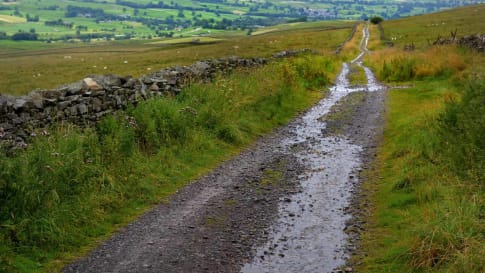
Roman Roads in Britain: The Definitive Guide
Roman Roads in Britain Roads were crucial in the Roman Empire: they facilitated the speedy deployment of troops and the free movement of supplies. Later, when Roman towns began growing into urban centres, the roads…

Sami culture within the Vikings
Article about the Sami culture of the Arctic circle for small group educational tours for senior couples and mature single travellers interested in learning about the Vikings and their journeys into the Atlantic and south across Russia.

Studying Gargoyles and Grotesques: The Definitive Guide for Travellers
Article to support world travellers since 1983 with small group educational tours for senior couples or mature solo travellers interested in British and European history.
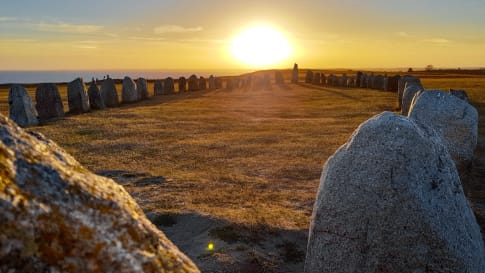
Vikings-explorers, raiders, traders
Article introducing Vikings and Outhere the explorer. Learn more on a small group educational tour for senior couples and mature solo travelers going to Iceland, Greenland, the Arctic circle or the Orkney islands.
Yorkshire, England in the 17th-19th Centuries
Article to support escorted small group tours to Northern England for senior couples and mature solo travellers. Learn and explore not only about Yorkshire and walking the Wainwright, but Durham Newcastle, the romantics of the Lake district or the inspiration for English literature.


